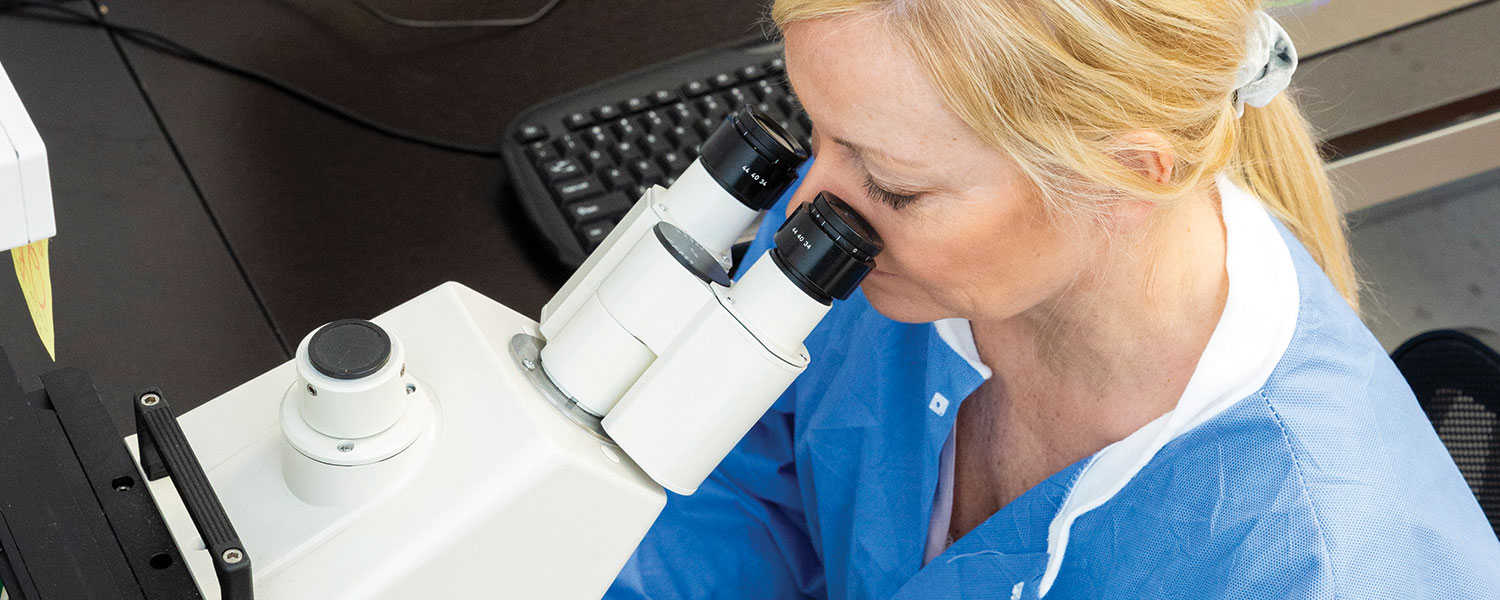The primary tools used for assessing hearing loss are the auditory brainstem response (ABR) and distortion product otoacoustic emissions (DPOAE). Both measures are routinely used in humans as well (particularly in newborn hearing screening), making it easier to translate findings from preclinical animal studies to clinical use.
The ABR is an electrophysiological brain response that plays a series of sounds to the subject at different frequencies (low pitch to high pitch) and intensities (quiet to loud) and measures the synchronized electrical responses of the cochlea, auditory nerve, and several brainstem structures. The ABR can be especially useful to assess loss of hearing after a noise trauma or ototoxic drug exposure.
The DPOAE is a phenomenon whereby if two tones are played to the ear at the same time, with a specific frequency distance between the two tones, this creates a distortion in the fluid wave of the cochlea and outer hair cells move. This movement of outer hair cells actually makes a physical sound that can be measured with a sensitive microphone placed in the ear canal.

